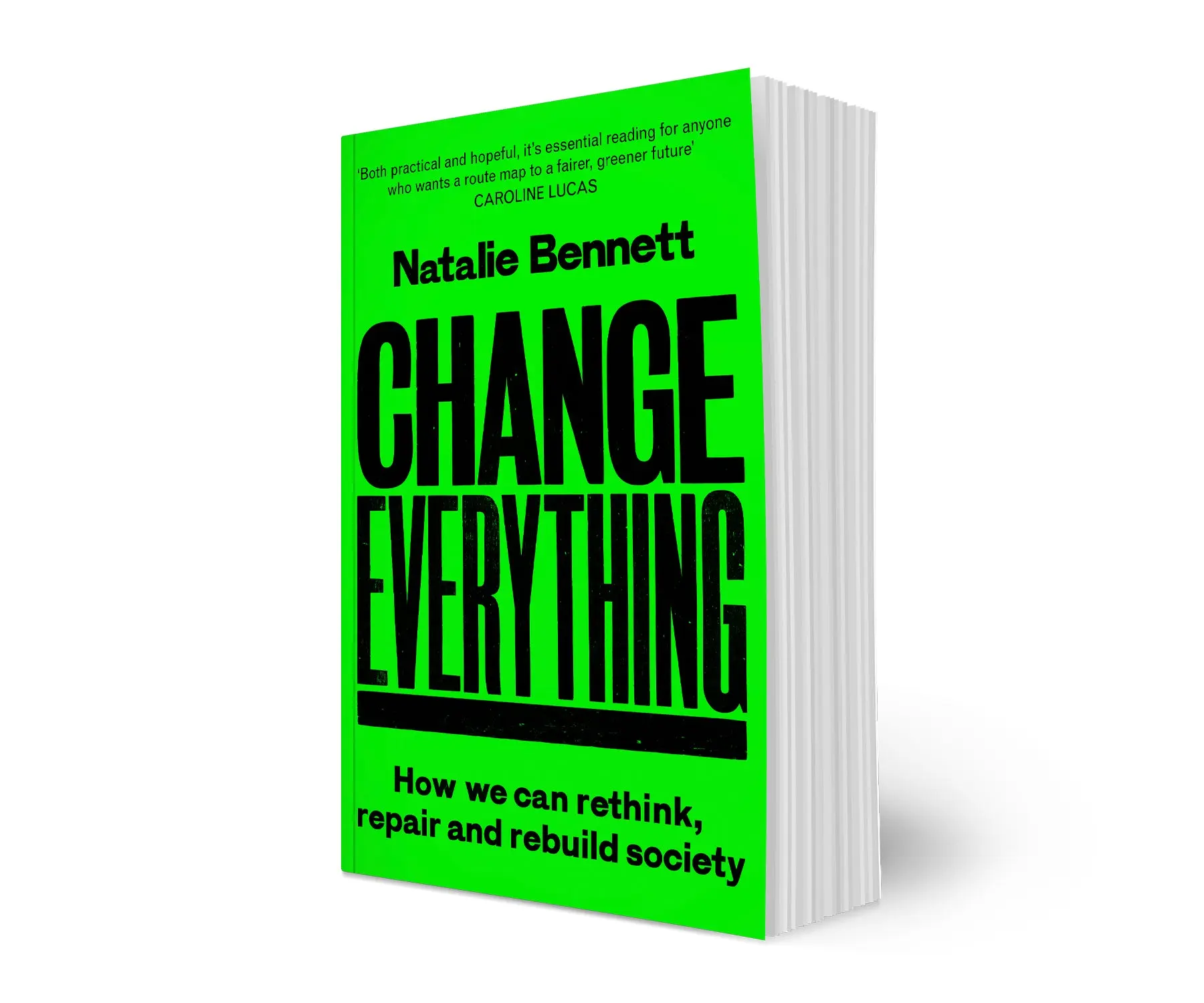p. 33 For misogyny, though often personal in tone, is most productively understood as a politically phenomenon. Specifically, I argue that misogyny ought to be understood as the system that operates within a patriarchal social order to police and enforce women’s subordination and to uphold male dominance.
p. 68 According to my account, misogynist hostility can be anything that is suitable to serve a punitive, deterrent, or warning function, which (according to your theory of punishment) my be anything aversive to human beings in general, or the woman being targeted in particular. Misogynist hostility encompasses myriad “down girl” moves – so many as to make the list seem likely to be indefinitely extensible. But, to generalize: adults are insultingly likened to children, people to animals or even to objects. As well as infantilizing and belittling, there’s ridiculing, humiliating, mocking, slurring, vilifying, demonizing, as well as sexualising, or alternatively, desexualising, silencing, shunning, shaming, blaming, patronizing, condescending, and other forms of treatment that are dismissive and disparaging in specific social contexts. Then there is violence and threatening behaviours, including “punching down” – that is deferred or displaced aggression. And since, on my account, one woman can often serve as a stand-in or representative for a whole host of others in the misogynist imagination, almost any woman will be vulnerable to some form of misogynist hostility from some source or other.
p. 69 Misogyny need not and usually will not arise from specialised attitudes, like the idea that women are seen as sexual objects, viewed as sub-human, or having a hateful, detestable “essence”. Rather, it’s generally about the enforcement and re-establishment of patriarchal order and the protests when it gets challenged. Disgust flows from, and augments, these social processes.”
p. 74 misogynists may simply be people who are consistent overachievers in contr4ibuting to misogynist social environments (whether or not the system counts as misogynistic, all things considered. The point is that their efforts are pushing strongly in this direction.) Alternatively, misogynist may be people who have been heavily influenced in their beliefs, desires, actions, values, allegiances, expectations, rhetoric and so on, by a misogynist social atmosphere.”
p. 77 Many if not most of us at the current historical juncture are likely to be capable of channelling misogynistic social forces on occasion, regardless of sincere egalitarian beliefs and feminist commitments. I am sure I am no exception to this. Such channeling may take the form not only of unwitting policing and enforcing distinctively gendered norms and expectations, but also, on my analysis, over-policing and over0enforcing gender-neutral and potentially valid norms, e.g. genuine moral obligations. If the result is that we evince excessively or distinctively hostile reactions to the women implicitly deemed to be wayward in some way (again, rightly or wrongly) as compared with her male counterparts, then it will still count as misogyny that she faces in my book.”
p. 196 In June 2016, Standford Universiry student Brock Turner, age 20, was tried for treating a young woman, age 22, like a proverbial piece of meat – sexually assaulting her behind a dumpster, after a party on campus… This case vividly illustrates the often overlooked mirror image of misogyny – himpathy, as I’ll call it … it’s so common that we regard it as business as usual… The specific form of himpathy on display here is the excessive sympathy sometimes shown towards male perpetrators of sexual violence. It is frequently extended in contemporary America to men who are white, nondisabled and otherwise privileged “golden boys” such as Turner, the recipient of a Stanford swimming scholarship. There is a subsequent reluctance to believe the women who testify against these men, or even to punish the golden boys whose guilt has been firmly established – as, again, Turner’s was.”
p. 263 Misogyny often involves distinguishing between ‘good’ and ‘bad’ women, by lights of their conformity to patriarchal norms and values. So, at the highest level of generality, it’s not surprising that women who aspire to be ‘good’ have social incentives to distance themselves from a woman deemed ‘bad’ as Clinton often was, and to publicly participate when she was ostracized and punished for supposed moral crimes and misdemeanours.”
p. 264 “penalizing successful women serves an ego-protective function (only) for other women. It defuses the threatening sense that a similar – and similarly good, decent and/or ‘real’ woman – is more competent or accomplished than they are. And tellingly, it appears that this is linked to a lack of self-belief that can be assuaged by positive feedback.”
p. 264 “In the days following the election, it was common for those of us grieving the result to judge the white women who voted for Donald Trump even more harshly than their white male counterparts. I was guilty of this myself. But … I subsequently came to redirect a good portion of my anger towards the patriarchal system that makes even young women believe … that they are unlikely to succeed in high-powered, male-dominated roles….It is wrong but natural to protect oneself from the prospect of threatening others who challenge one’s extant sense that one couldn’t have been the president (say), notwithstanding one’s best efforts. A way to do this is to hold that these women are different and in some way inferior or objectionable or otherwise suspect. They are, say, ruthless, callous, or uncaring. Or their success makes them witches: their power is black magic.
p. 276 Hillary Clinton and Julia Gillard. “The two were consistently described in a strikingly similar way, especially given the difference between them in appearance, age and history (though not their center-left politics, notably.) The belief in female leaders in politics seems to founder even at the level of visual perception. They look hollow, stuff, wooden robotic, as well as fake and inauthentic. Their energy doesn’t appear to come from inside them: nor, it appears, do their values – which are subsequently held to be merely a product of mercurial, outward social forces.”

 About
About